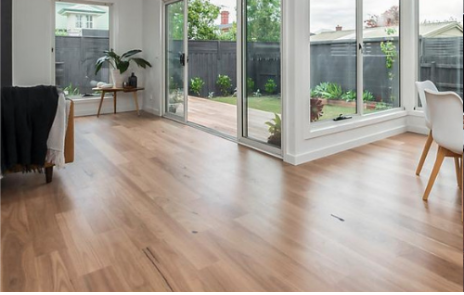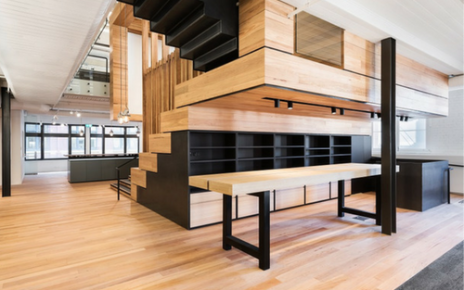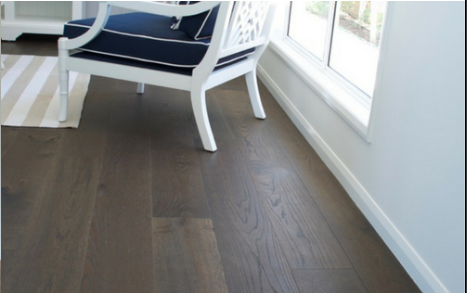MORE ABOUT ENGINEERING FLOORING…
With engineered flooring you achieve the exact same look as a solid wood floor and nobody would ever know the difference. Engineered flooring has a surface layer of real hardwood timber that is the ‘real deal’ – so just as with a solid wood floor, no two boards will be the same. As we all know, a natural wood floor is gorgeous to look at and can add considerable value (not to mention wow factor) to your home.
The main advantage is that the base layers provide excellent stability, greatly preventing issues such as cupping, warping, and shrinkage which are common with solid wood flooring in NZ’s humid climate. Due to its superior stability, most engineered flooring is also compatible for use over under-floor heating (which is not advised with solid wood flooring).
Engineered flooring also helps to conserve forests by using approximately one-third of the amount of precious hardwood timber compared with solid wood flooring of the same dimensions. To explain this: With any wood floor, you can only sand back as far as the tongue, as this is what holds the flooring together. So with solid wood flooring, the beautiful hardwood timber that is located beneath the tongue area will never be seen and is essentially a waste.
Once an engineered floor becomes old and worn it can usually be sanded back and re-coated. This enables you to go for a completely new colour and look if desired, without buying another whole floor. Should repairs need to be done to specific boards within your engineered floor, it is often possible to remove and replace select boards only which minimizes cost.
In a nutshell: You get exactly the same look as a solid wood floor but with greatly increased stability and other benefits. No one will ever know it’s not a solid wood floor!








